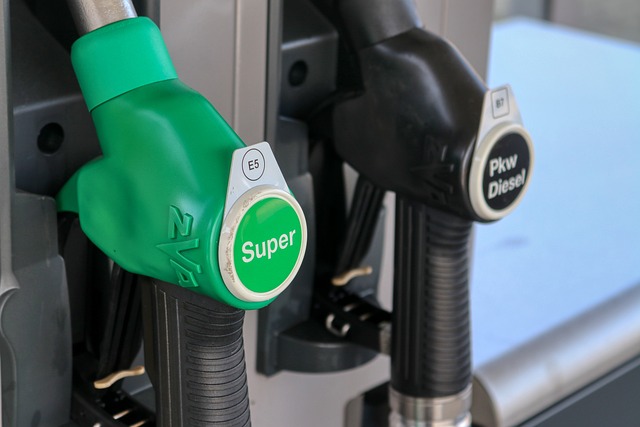
The global market for rheumatoid arthritis treatments is expected to grow at a CAGR of...
Learn More
Our consulting solutions address company specific challenges with respect to micro environment...
Learn More
Organizations frequently need day-today research guidancein order to gain strategic...
Learn More
Exploring different areas of market research and market analysis is a key factor...
Learn MoreAcute Market Reports presents the most extensive global business research services across industries. Our research studies focus on potential outcomes, benefits, and risks associated with each market segment across geographies. Having served our global clients for more than 10 years, our prime priority is to enable our clients in making well-informed business decisions through a data-driven, analytical, and uncomplicated research approach.
We provide access to the world's most comprehensive, analytical, and updated business intelligence services and solutions.




The Alternative Fuel Vehicles (AFV) market encompasses vehicles that operate on fuels other than traditional petroleum fuels. The market's relevance has escalated in the context of global efforts to reduce carbon emissions and dependency on non-renewable fossil fuels....
Read More
The sand washing machine market is poised to witness significant expansion, projected to achieve a CAGR of 5.35% during the forecast period of 2025 to 2033, driven by the increasing demand for clean and quality sand for various applications such as c...
Read More
The moisture barrier bags market is expected to grow at a CAGR of 5.5% during the forecast period of 2025 to 2033, driven by innovative material choices, increased emphasis on sustainable packaging, and expanding applications in the electronics indus...
Read More




